Here's The Problem With Three-Cylinder Engines
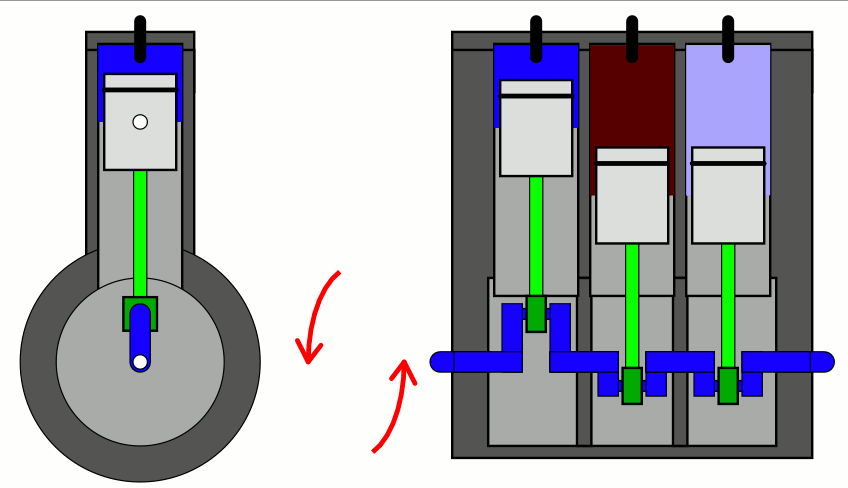
Three cylinder engines are a big deal now. The age of downsizing has seen myriad three-pot options appear from VW Group, BMW, Honda and more. Usually featuring turbocharged assistance, power is rarely an issue, however, they aren’t always the most pleasant engines to experience. But why is that?
An inline three-cylinder engine is essentially a straight six engine lopped in half. Normally in a straight six, the two outer cylinders reach top dead centre (TDC) in unison, with the other four cylinders reaching specific angles of rotation to balance the primary forces, secondary forces and rotational torque of the engine nicely.
In a three-pot, piston one (the front piston) reaches TDC while the other two are 120 degrees away from either TDC or bottom dead centre (BDC). This means that the primary and secondary forces are balanced vertically, but the torque over the reciprocating pistons is not matched in unison like in an I6. Instead, the engine is trying to naturally rotate and flip over on itself. So to avert this, a balancing shaft is needed to counteract the twisting force.
The torque inbalance (shared with inline-five engines) makes for a rattling powertrain as the engine tries to rock from end-to-end, even when balanced as much as physically possible. This is due to the weight of the balancing shaft that the crankshaft has to work against, making these engines less free-revving than their more-balanced counterparts. Counterweights can also be machined into the crankshaft itself but they also add weight, decreasing its ability to rotate freely.
Also, due to the fact that ignition occurs every 240 degrees, the crankshaft journals are spaced 120 degrees apart. This means that there will be a significant proportion of crankshaft rotation (60 degrees) when no power stroke is occurring. That reciprocatory feature leads to the lack of smoothness in power delivery and large amounts of vibration that three-cylinder engines are notorious for. The rough-running engine behaviour will be emphasised at lower engine speeds especially, due to the lack of power strokes occurring.
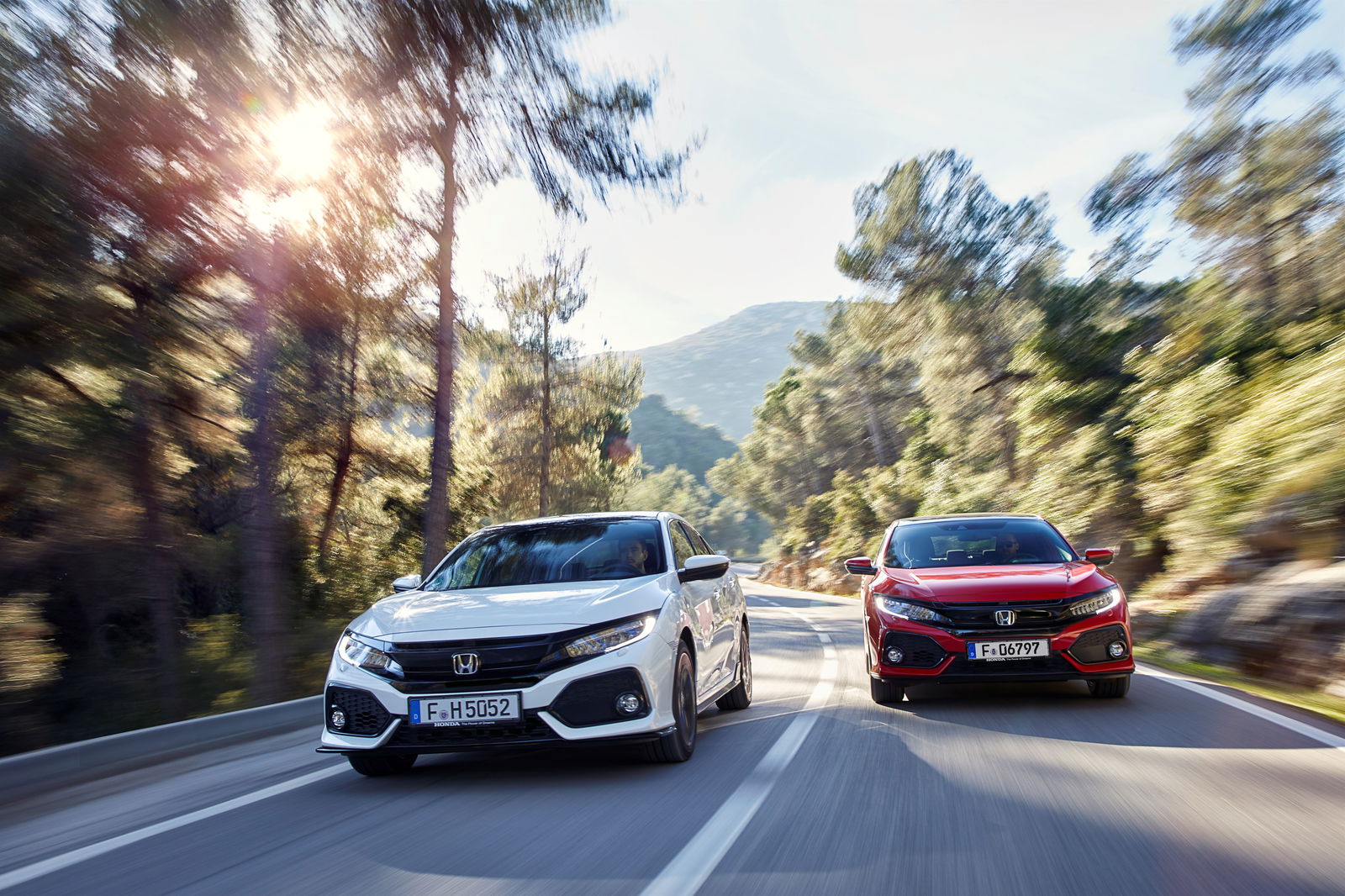
Despite these shortcomings, there are plenty of reasons why many manufacturers these days are choosing three-cylinder engines. Firstly, they’re lightweight and compact which allows them to be placed in multiple platforms throughout a manufacturer’s range of vehicles. For example, BMW uses the three-cylinder powertrain from the Mini in its i8 hybrid sports car.
In terms of performance, one less cylinder than a standard inline-four engine makes for a decrease in frictional losses from the moving components. This factor along with smaller displacements amounts to strong economy figures.
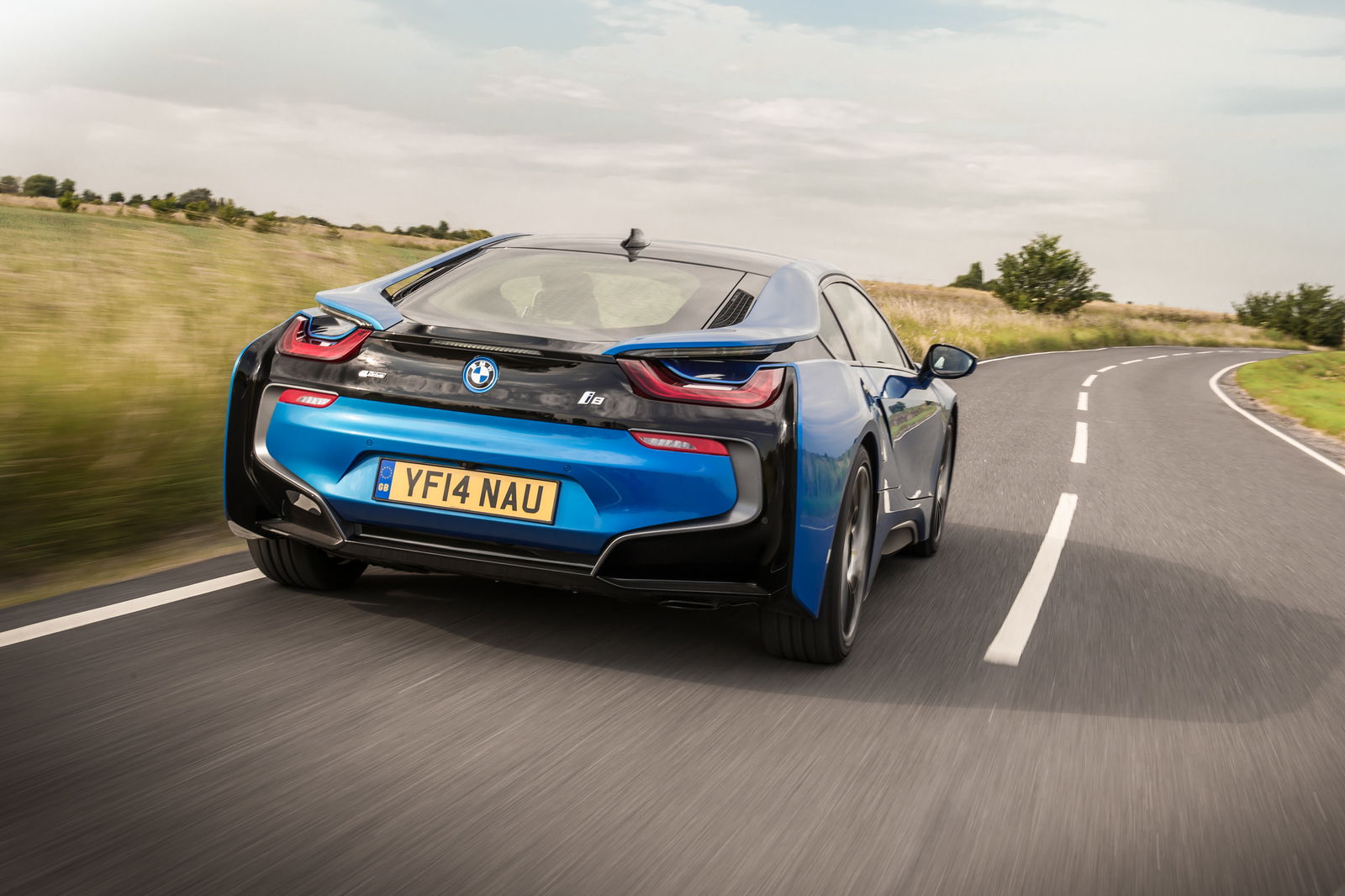
With lower-spec models in car line-ups often leaning towards three-cylinder powertrains, it’s probable that many ‘first cars’ bought from new will feature these small engines, depending on how the expected move away from downsizing in the industry pans out.
With the reduced manufacturing costs when compared to an I4, the next few years could become the heyday of the three-cylinder engine until the next leap in IC technology occurs. Although this may seem a gloomy future compared to what we’re all used to, with a touch more refinement, the three-pot could make for an eager and spritely companion.
Have you ever owned a three-cylinder car? Does a smaller displacement three-pot appeal to you over a more generic inline-four? We’d like to know your opinion below.
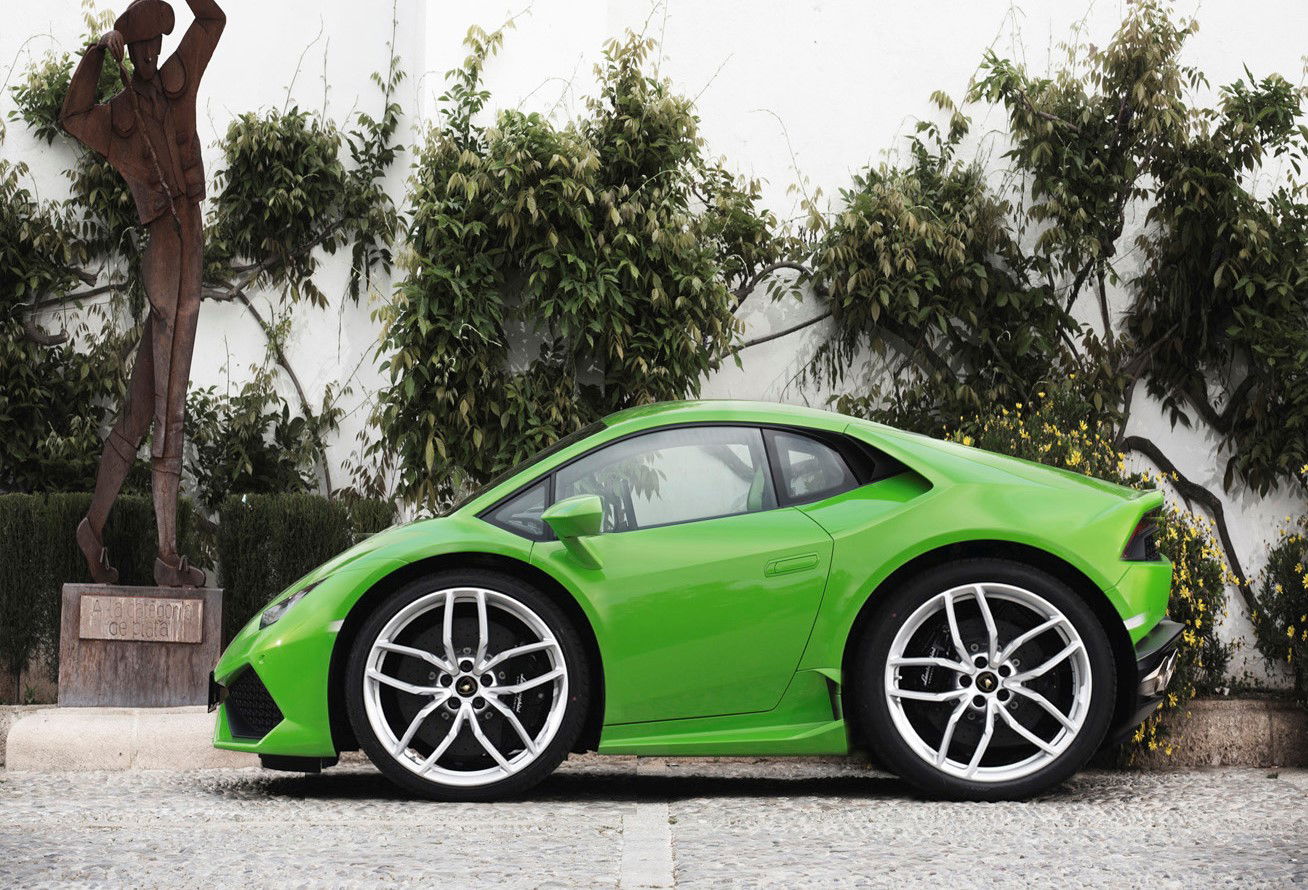

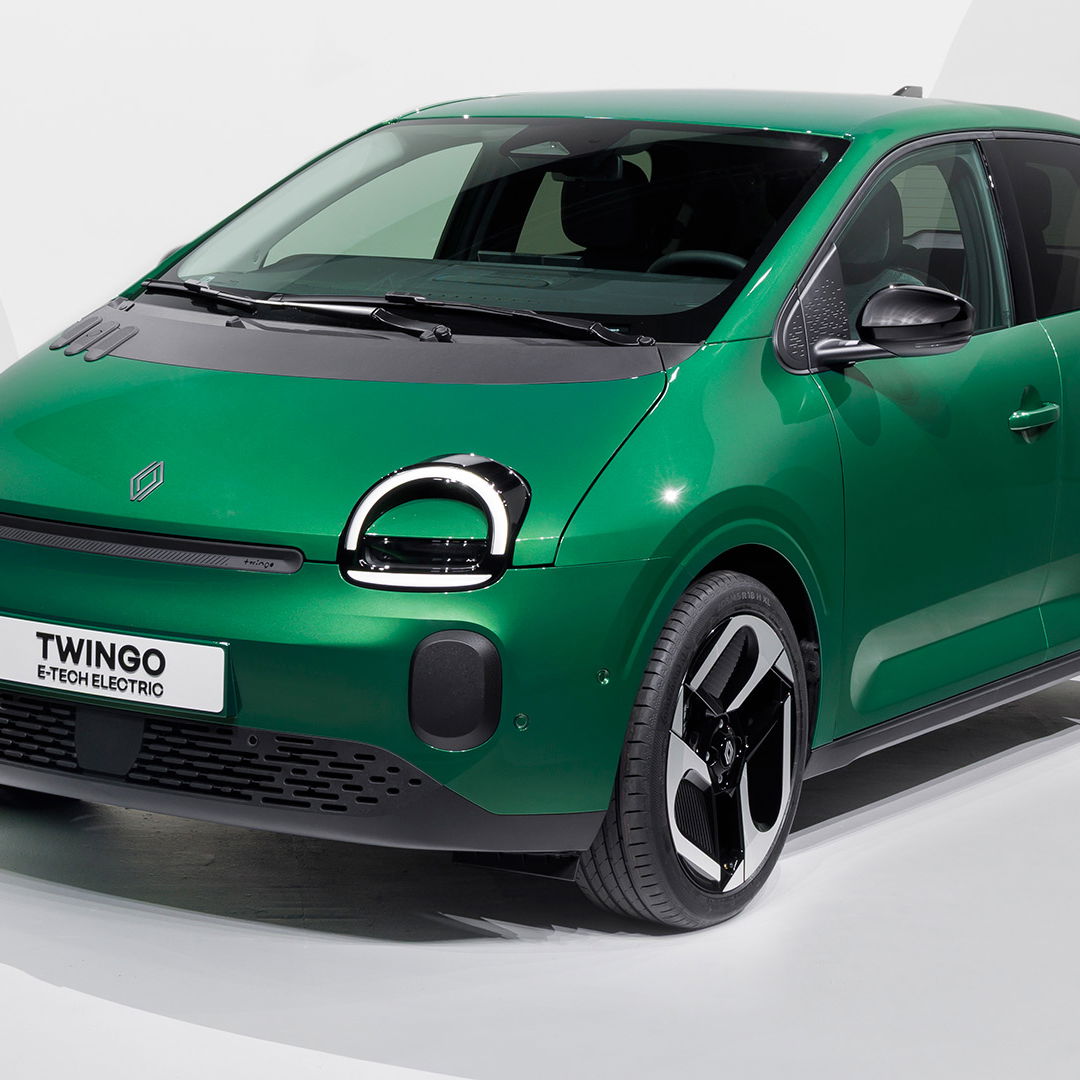
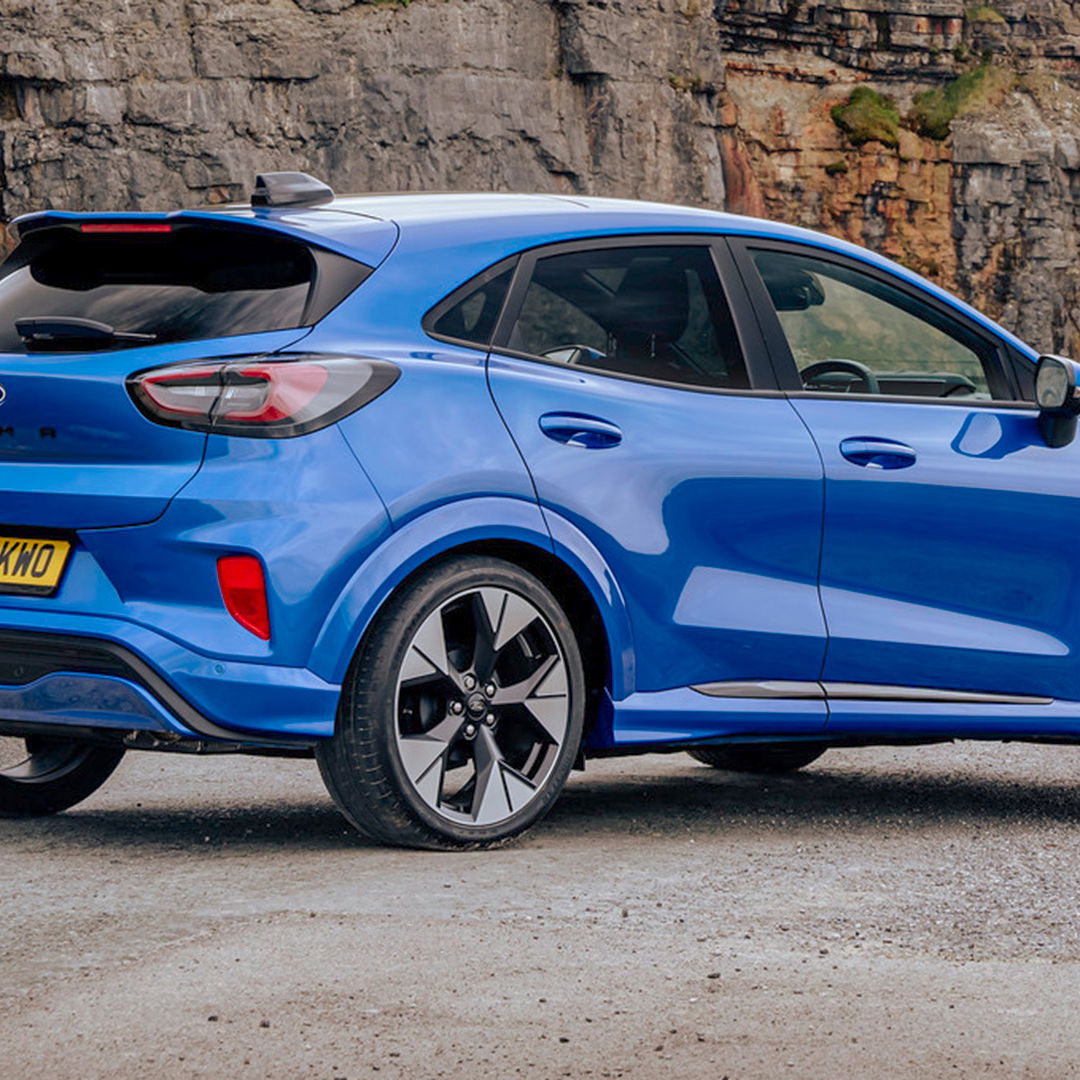
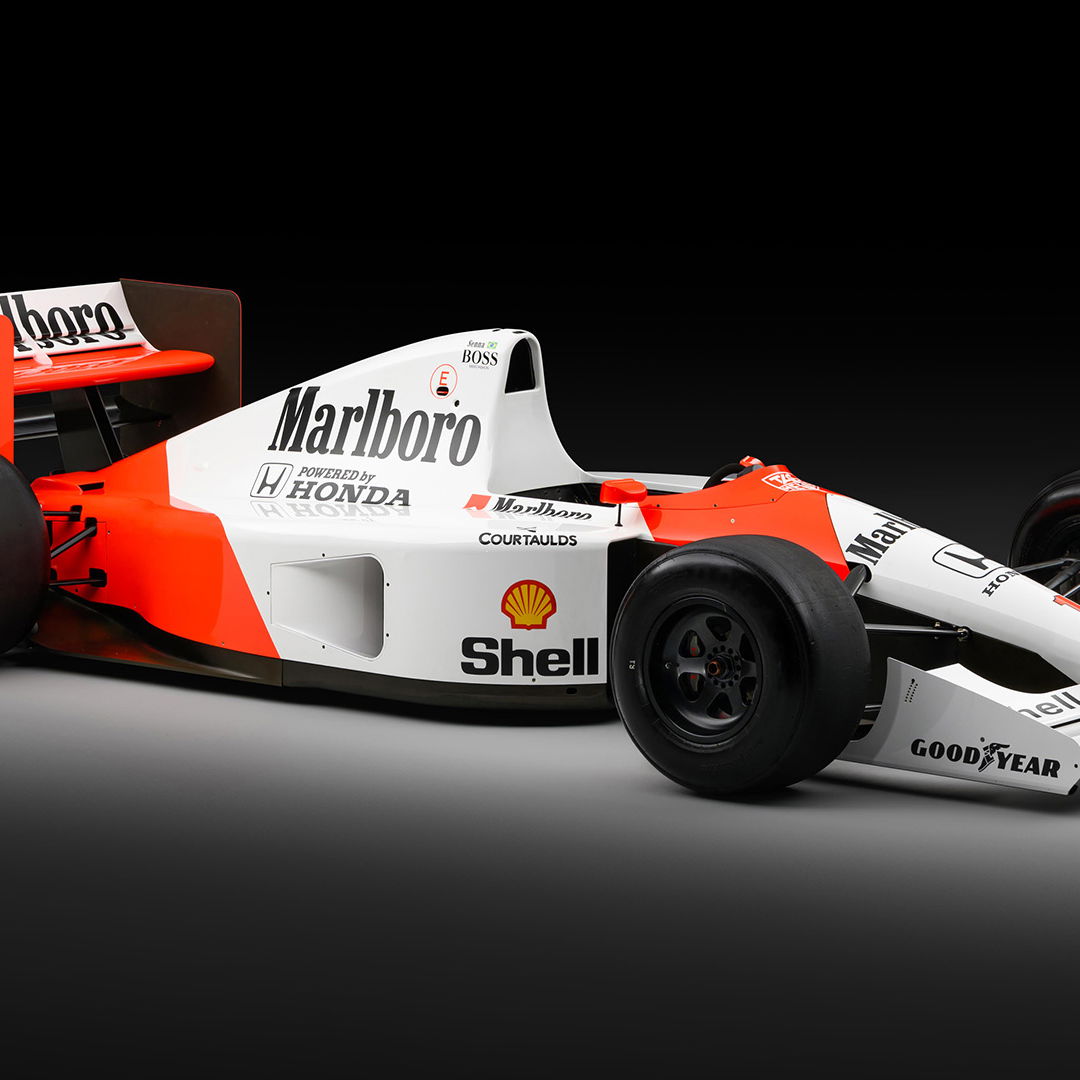


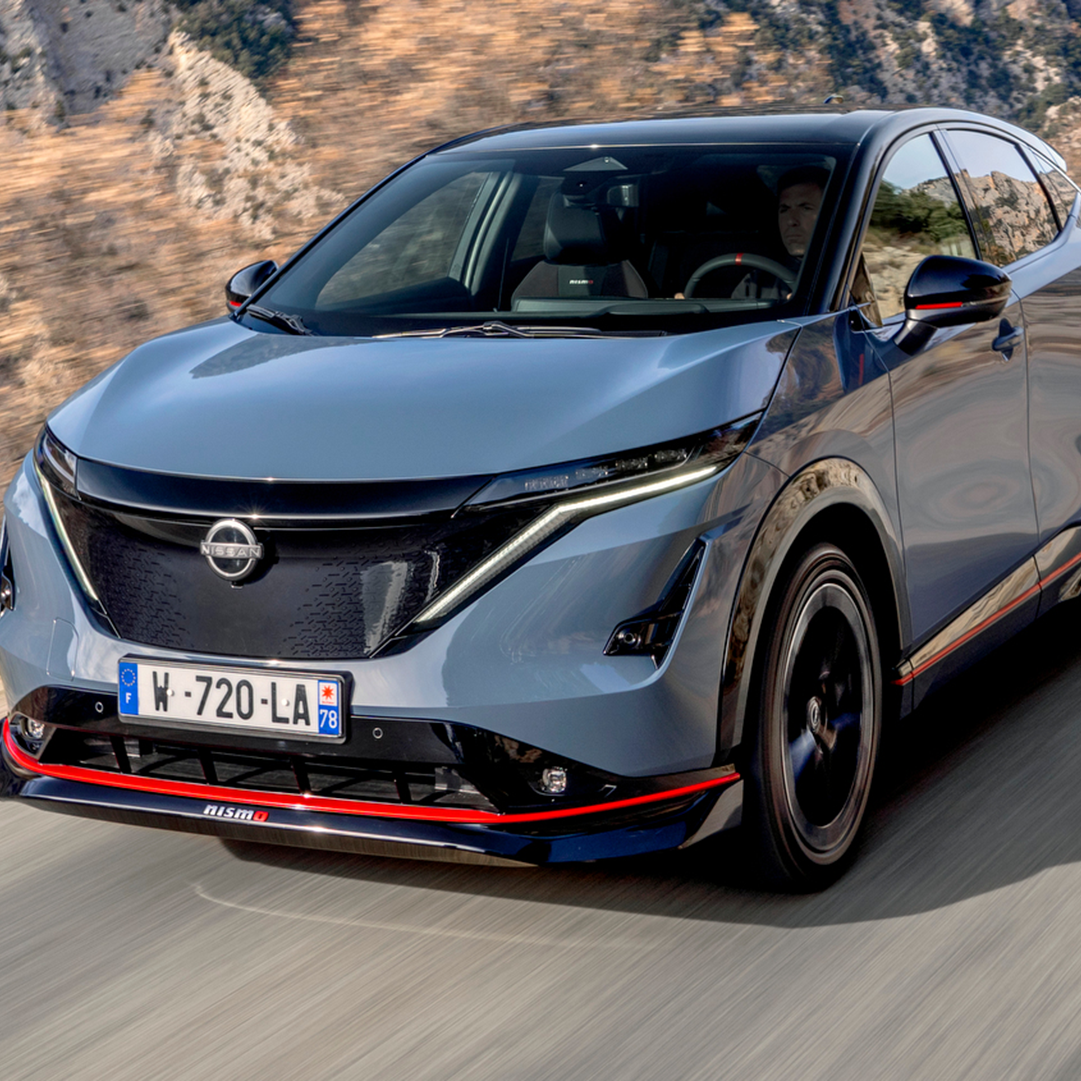
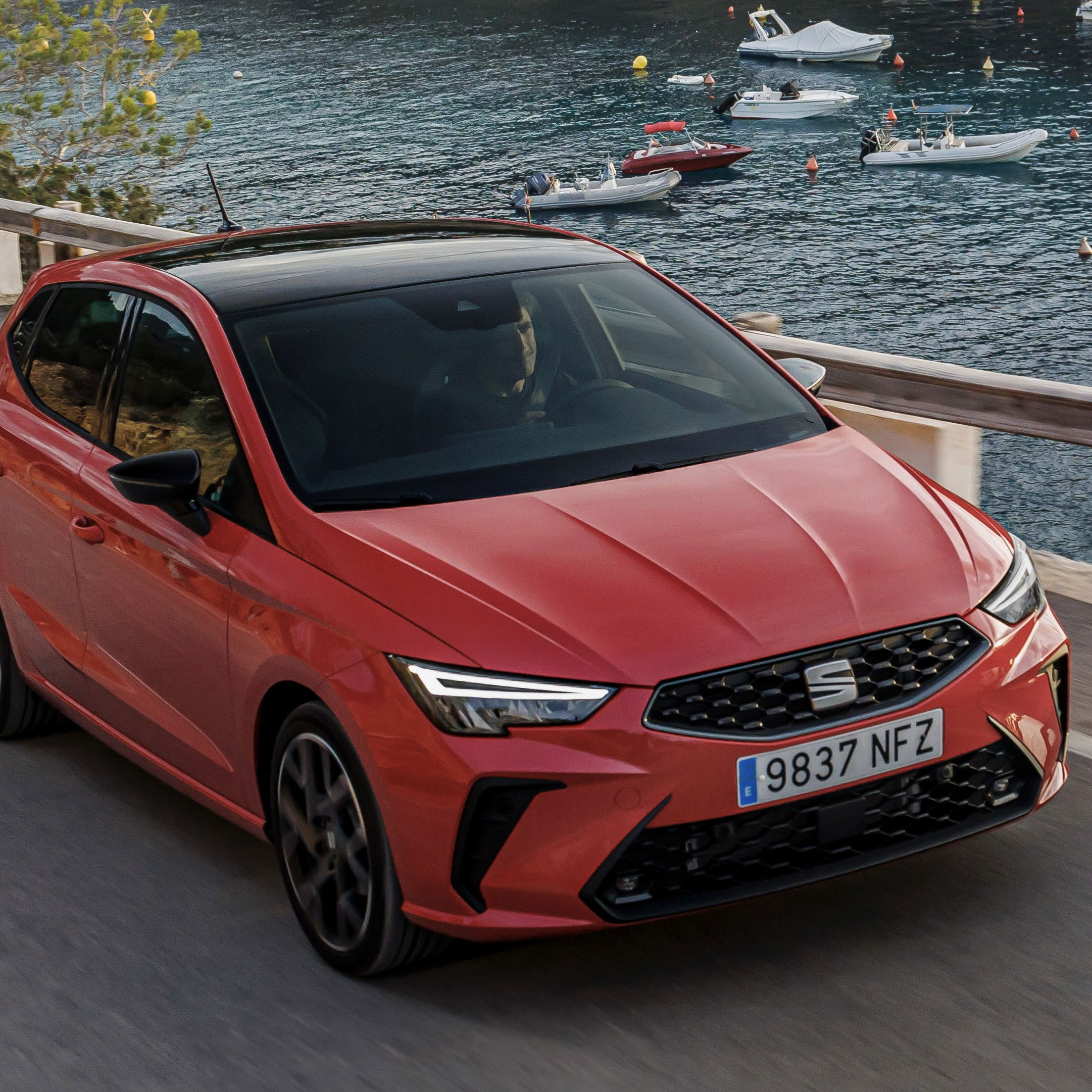

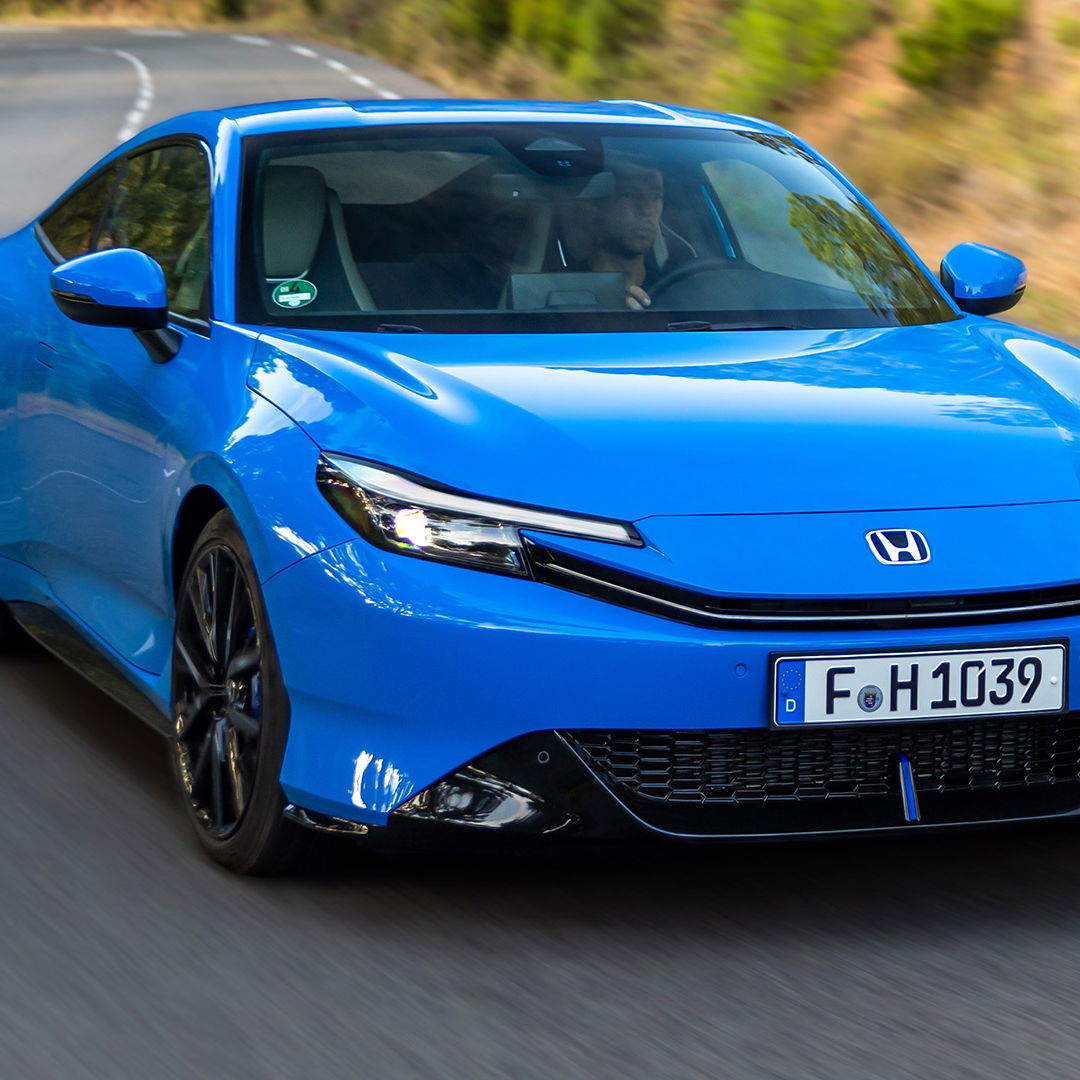
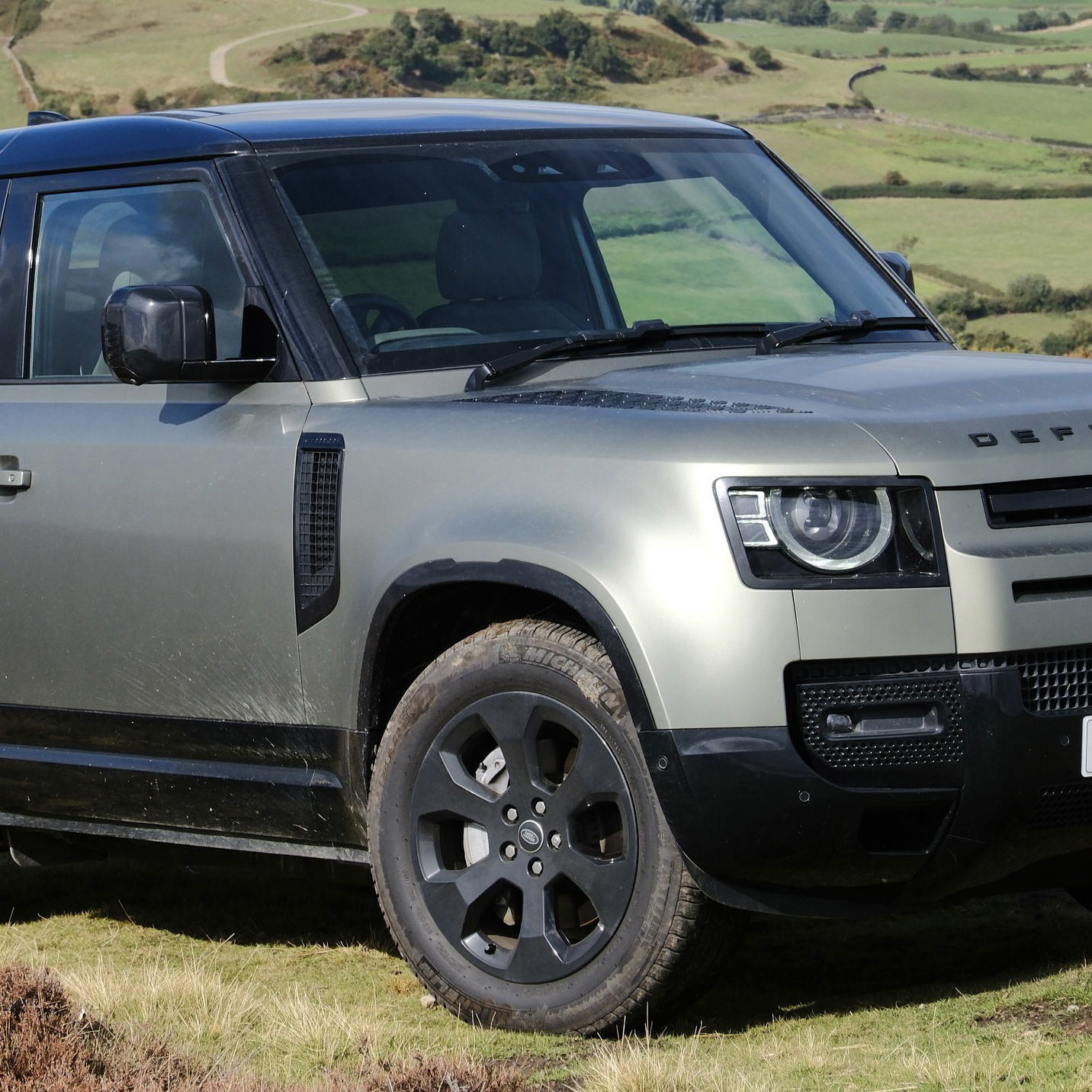

Comments
my big bro has daihatsu ayla , it only has n/a 1.0 inline 3 and just have 65bhp lol
My family has a 2010 seat ibiza with the 1.2 3 pot. It has the roughest of startups but it’s respectable when idling and smoother than anything than i have ever ridden in once it gets going
its not a V8.
I’ve owned two. Both vw pd75’s with some basic engine mods and a remap. Both keep up with and sometimes embarrass vw pd130’s. I have no problems with them, considering they’re both 15+ years old they have brilliant mpg, are nigh on bulletproof and cost pennies to tax.
What about this 3 cylinder engine? (Skip to about 0:41 if you want)
https://www.youtube.com/watch?v=5vLQMB7cKW0&index=33&list=PLrSQyahdxnz-Uwu8rBr2P92ANSluTB5XQ&ab_channel=EARTHWORM
I currently drive a 1.2 130hp 3 cylinder Peugeot 308. It’s a magnificent engine. The biggest plus: the sound!
Our Accent CRDi with 3 pot diesel mill was so terrible and unreliable it scared us from even buying cooking gas cylinders in a pack of three.
I have owned a Daewoo Matiz 0,8i (38bhp or so) as my first car and it was actually really good! With that multi-point injection it was a really economical even while driver “hard”. The car wasn’t that fast but it was really fun. You could safely floor it in every situation. I might get it as a daily driver sometime in the future.
The bmw 1.5 i3 petrol is as smooth as silk… no vibration, no nothing. Heck, if you don’t look at the tacho, you don’t know wether it’s running or not.
I love my 107, playful engine when kept in the higher rpm and cruising at 70mph is fine
good speakers and a sub to cancel out the wind noise tho on the motorway ahah
A fun 365mile trip last night
Pagination